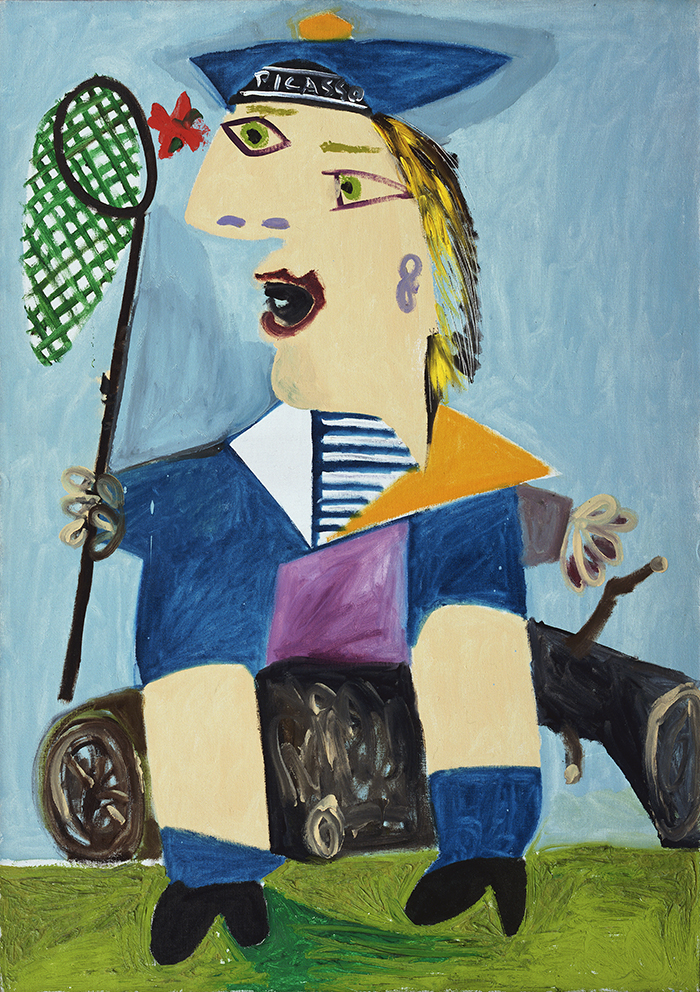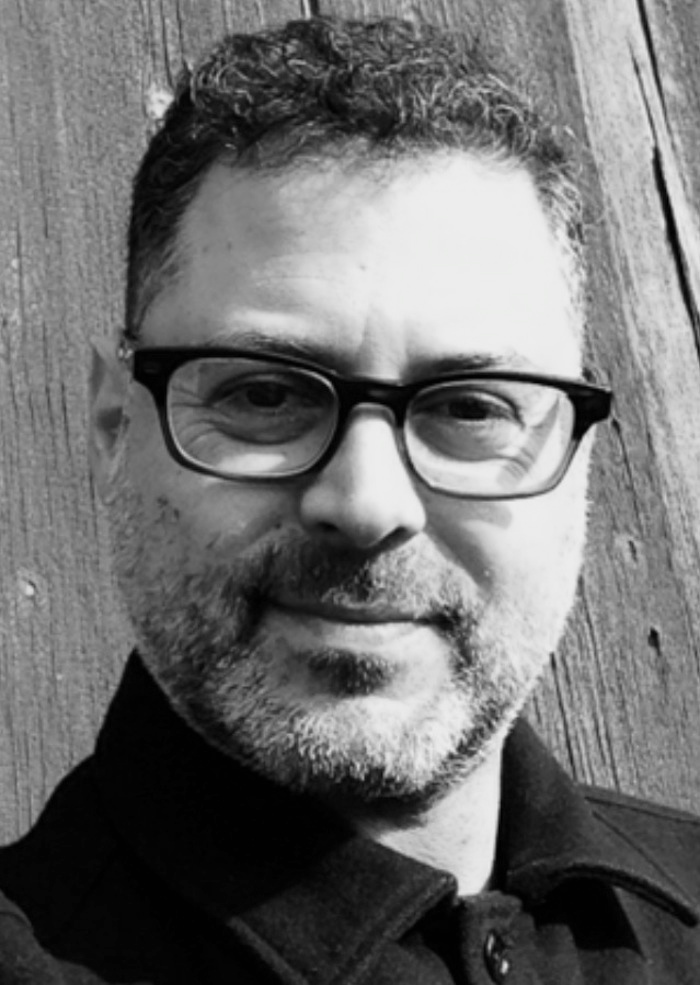
Pablo Picasso. Maya in a Sailor Suit. 1938. Oil on canvas, 47 7/8 x 34" (121.6 x 86.3 cm). The Museum of Modern Art, New York. Gift of Jacqueline Picasso in honor of the Museum's continuous commitment to Pablo Picasso's art © 2014 Estate of Pablo Picasso / Artists Rights Society (ARS), New York
Editor's Note: We publish an extract from the story of an almost entirely unknown 1945 interview with Picasso to mark the occasion of The Museum of Modern Art’s release of their first interactive digital publication, Picasso: The Making of Cubism, 1912-1914.
On a Saturday morning in 1945 a young American soldier named Jerome Seckler climbed three flights of stairs to Pablo Picasso’s studio with the goal of being enlightened.
He had recently visited an exhibition of contemporary French art at the Palais des Beaux-Arts where he had seen seventy-four paintings by Picasso, most of them made during the Nazi occupation of Paris. He had been electrified by the work. Not only did he find them visually stunning (Picasso, he wrote, “painting beautifully, painting of life and hope”) but the exhibition also laid to rest rumors he had heard about Picasso’s relationship with the Nazis during the war: that Picasso had struck a deal with the Gestapo that allowed him to paint un-harassed; that he had been turning out fakes; that Picasso had been, in effect, a collaborator.
In New York before the war Seckler, and a group of his left-leaning friends, had been debating Picasso’s relevance to the politics and culture of their time, almost to the point of “exasperation”. Were Picasso’s stylistic transformations a mirror of the constant changes of modern life, or were they an attempt to explain them? What about the labels that Picasso used to explain his work — classical, surrealist, abstract? Were they a help or a hindrance to understanding Picasso and his significance?
After seeing the paintings he boldly tracked down Picasso’s studio address. This was his chance to meet the artist.
There was an added dimension to Seckler’s quest. He had heard that Picasso had joined the Communist Party. The paintings at the Salon had deeply intrigued Seckler in part because he believed they showed continuity with Picasso’s great political protest painting, Guernica, which he had made in 1938 in response to the Italian fascist bombing of a small Spanish village. Although Seckler had never conducted an interview, or written a profile, he wanted to write about his encounter with the artist for the New York leftist magazine New Masses.
After ascending the stairs to Picasso’s studio Seckler was ushered into a small room by an assistant and asked to wait. He looked around: easels, books, and paintings. A sense of disorder. A small pencil sketch tacked to the wall caught his eye.
After about ten minutes Picasso entered the room. Seckler noted his clothes: light grey business suit, blue cotton shirt and tie, a yellow handkerchief in a breast pocket. They shook hands. He was immediately put at ease by Picasso’s warmth.
He began the interview by earnestly explaining to Picasso — never a good interviewing technique — his interpretation of one of the paintings he had seen in the exhibition, a painting called Maya in a Sailor Suit.
Seckler speculated that it was a self-portrait, and a deeply symbolic one at that: it represented Picasso as a seeker for a solution of the times, trying to find a better world.
There was a net and a red butterfly. The butterfly, he speculated, was a symbol for communism. The figure in the painting was clothed in a blue and white sailor’s shirt, a shirt which, Seckler asserted, represented “an active participation in this effort.”
Picasso listened attentively. “Yes, it’s me, but I did not mean it to have any political significance at all.”
Seckler didn’t accept that answer. He wanted more. He had an agenda. Why, he asked earnestly, did Picasso paint himself as a sailor?
“Because” Picasso answered, “I always wear a sailor shirt. See?” And he unbuttoned his blue cotton shirt and pulled out his undershirt — it was white with blue stripes.
What we want most from our artists — profound insight, metaphysical meaning, the wisdom we seek from our priests, rabbis, and gurus – isn’t always what we get.
Leonard Cohen, asked if creativity is rooted in the drive to alleviate pain, replied “the older you get the lonelier you become and the deeper the love you need”. But that’s rare.
Most of the time, when you ask an artist about the meaning of their work, all you get is underwear.

